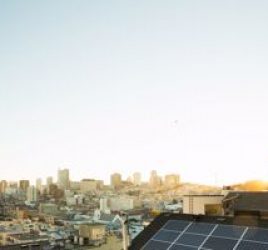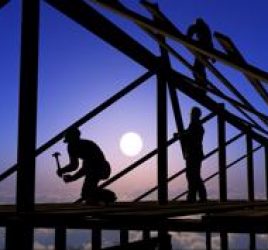
What is anodised aluminium and what is its role in grating products?
Aluminium is a popular material for grating products. It is lightweight, durable and aesthetically appealing.
In this post we will look at the features of anodised aluminium, the anodising process and the role anodised aluminium plays in grating products.
What is anodised aluminium?
Anodised aluminium is aluminium that has been reinforced with a layer of aluminium oxide. This process increases the durability of the material, giving it greater resistance to scratches and other signs of wear or damage. Products made with anodised aluminium will as a result often last longer before needing to be repaired or replaced.
How is anodised aluminium made?
Anodised aluminium is made using an electrochemical process. The aluminium is treated in a chemical bath and then an electrical current is applied to it. This creates a coating of aluminium oxide that is fully integrated with the underlying aluminium substrate. This is what gives anodised aluminium its enhanced durability.
"Products made with anodised aluminium will as a result often last longer before needing to be repaired."
Why use anodised aluminium in grating products?
Aluminium is a widely used material for grating products such as walkways, bridges, drain covers, washbays and commercial catwalks. While there are stronger materials available, such as stainless steel, aluminium is often chosen when weight is a primary consideration. Aluminium also looks a lot better than alternatives, such as plastic grating, so it is popular with architects.
The process of anodising aluminium makes it harder wearing and aluminium doesn't rust. This makes it a viable option in harsh environments where it might be exposed to wind, rain and sea water. Anodised aluminum has a porous structure, which means it is also highly resistant to fading or chipping after being coloured and sealed.
How do you colour anodised aluminium?
The colouring of anodised aluminium is a secondary process. Anodising turns the top layer of the aluminium to aluminium oxide. The porous nature of this top layer means it is ideal for receiving a coloured dye followed by a sealant. Thicker anodised layers can absorb more dye making the colour more durable.
What is chromic acid anodised aluminium?
The chemicals used in the process of creating anodised aluminium can vary. Chromic acid is one option. It is used to apply a thin anodised layer to the aluminium that is resistant to corrosion but very responsive to adhesives.
What is sulphuric acid anodised aluminium?
Sulphuric acid is an alternative to chromic acid in the anodising process. Sulphuric acid anodising is also called clear anodising. This is because it doesn't discolour the aluminium when the aluminium oxide layer is created. As a result this process is used when the aluminium is to be dyed and sealed afterwards.
What is powder finished aluminium?
Powder finished aluminium is an alternative to wet paint for colouring aluminium products. Aluminium grating products with a powder finish offer a particular visual appeal. The process is also more environmentally-friendly.
How long does anodised aluminium last?
Anodised aluminium can last 20 to 50 years depending on the treatment and the thickness of the coating. This makes it an ideal material for grating products that are used in commercial and industrial environments.
How do you clean anodised aluminium?
One of the benefits of using anodised aluminium in commercial and industrial grating products is that it lasts longer. But it will still need to be cleaned and maintained. Anodised aluminium doesn't scratch easily, but it can be damaged by particularly harsh cleaning chemicals. If aluminium grating does get badly damaged the anodised layer can be completely removed and reapplied.
"Anodised aluminium can last 20 to 50 years depending on the treatment and the thickness of the coating."
Can you engrave anodised aluminium?
Laser processing can be used to mark and engrave anodised aluminium. Laser engraving is effective and long-lasting on anodised aluminium surfaces making it a viable option if aluminium grating products need to be marked or adorned with important information.
Learn more about aluminium grating products
Webforge provides a range of trusted aluminium grating products, for environments where weight, durability and appearance are top considerations.
A range of finishes are available. As well as anodised aluminium grating, Webforge can supply a powder coated, painted or mill finish. Visit our Aluminium Grating page for load tables, patterns and product specifications.



